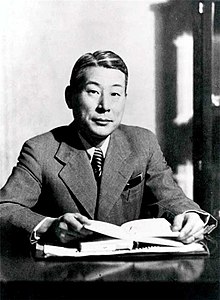A side trip to Kaunas (Kovno) – Lithuania
Kaunas was Lithuania’s alternative/provisional capital from 1920 to 1940. It’s a pleasant hour and a half drive or train ride through the countryside from Vilnius to Kaunas and a 12-minute (4.6 km) cab ride from the Kaunas train station to Old Town.

Start your visit at Kaunas Castle – a medieval Gothic style castle that sits on grassy river banks, overlooking the confluence of the Nemunas and Neris rivers. In front of the castle is the animated bronze sculpture of the Freedom Warrior brandishing his sword while his horse rears up on its hind legs.


Look up to the left beyond the Kaunas sign at the wall of an old building depicting an elderly woman dressed in pink wearing oversized black-rimmed glasses and smoking a huge pipe. She’s the antithesis of the Freedom Warrior and a humorous juxtaposition.

Just steps from Kaunas Castle you’ll reach the Old Town and Rotušės Aikštė/Rotušės Square, where the 11th Century Town Hall building which has served multiple purposes over the centuries – from a palace to a prison to a theatre – stands proudly in a position of authority.

The Southern side of the square is dominated by the twin-towered St. Francis Xavier Church and Jesuit monastery. After paying a visit to the church, climb the tower for a great panoramic view of Kaunas.

Rotušės Square is surrounded by charming 15th – 16th Century German merchants’ houses, which have been carefully restored and their authenticity preserved so that one has the feeling of stepping back in time.

Walk down the main pedestrian-only cobbled street where the buildings are painted in pastel shades, bronze street lamps are festooned with geraniums hanging from baskets, and outdoor cafes, restaurants, and coffee shops beckon the visitor to stop and linger awhile.


Cross the main street via the underpass walkway and continue into the New City. On Ožeškienēs Street #13, you’ll come to the Kovno Synagogue, a beautiful Baroque Revival Style building that was constructed in 1871. The Nazis used the synagogue to store grain and feed for their animals during their occupation of Kaunas.

There was a Jewish concert pianist who survived the war by playing the piano in the synagogue for several German officers who had a love of classical music. When the Russians were approaching, and the Germans were retreating at the end of World War II, an SS captain quietly handed the keys to the synagogue to the piano player. We were told this story by the son of the gabbai, a young man who is a concert pianist and plays the piano that stands in the synagogue today.

Chiune Sugihara was a Japanese deputy consul in Kaunas who, from 1939 – 1940, issued thousands of transit visas to Jews, enabling them to travel to Shanghai and escape the German mass killings, thereby putting both his career and his family’s lives at risk. He was awarded the title of Righteous Among the Nations by Yad Vashem on behalf of the State of Israel and the Jewish people. An honor bestowed on non-Jews who risked their lives during the Holocaust to save Jews from extermination.

Sugihara House at Vaižgatvo Street #30 was occupied by the Japanese consulate before the Second World War. It’s about a 20-minute uphill walk from the city center; open Monday – Friday 10:00 – 5:00 am and Saturday – Sunday 11:00 am – 4:00 pm. (Check the times before visiting as hours may change).
Recommended reading: Ten Green Bottles – about the Jews who made it to Shanghai during the Second World War.
